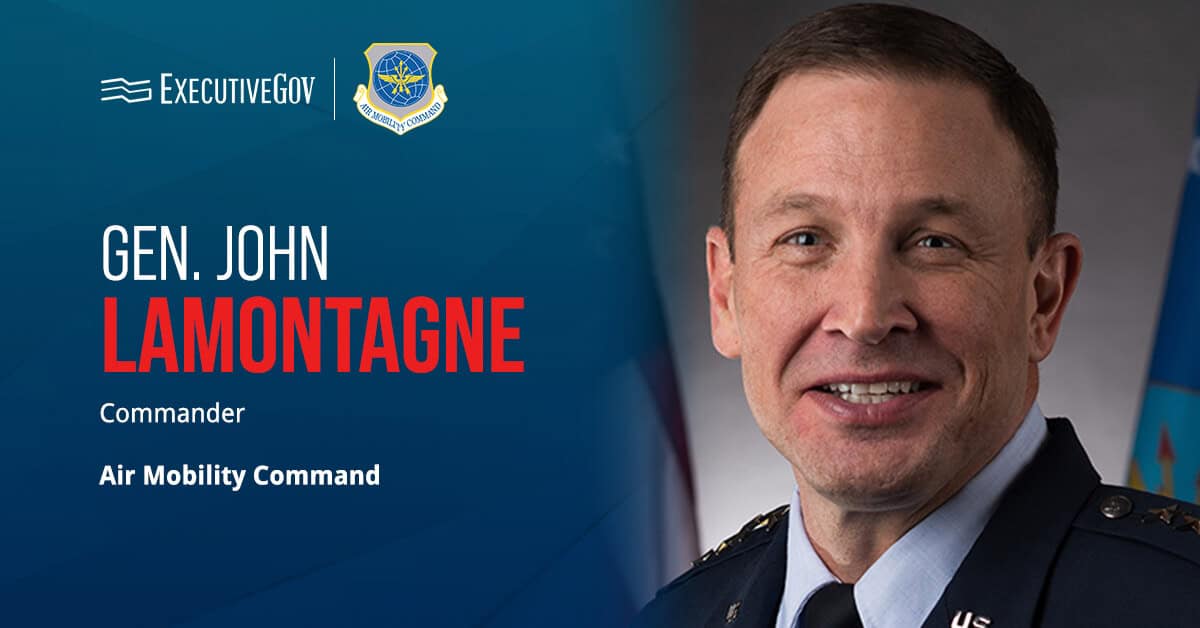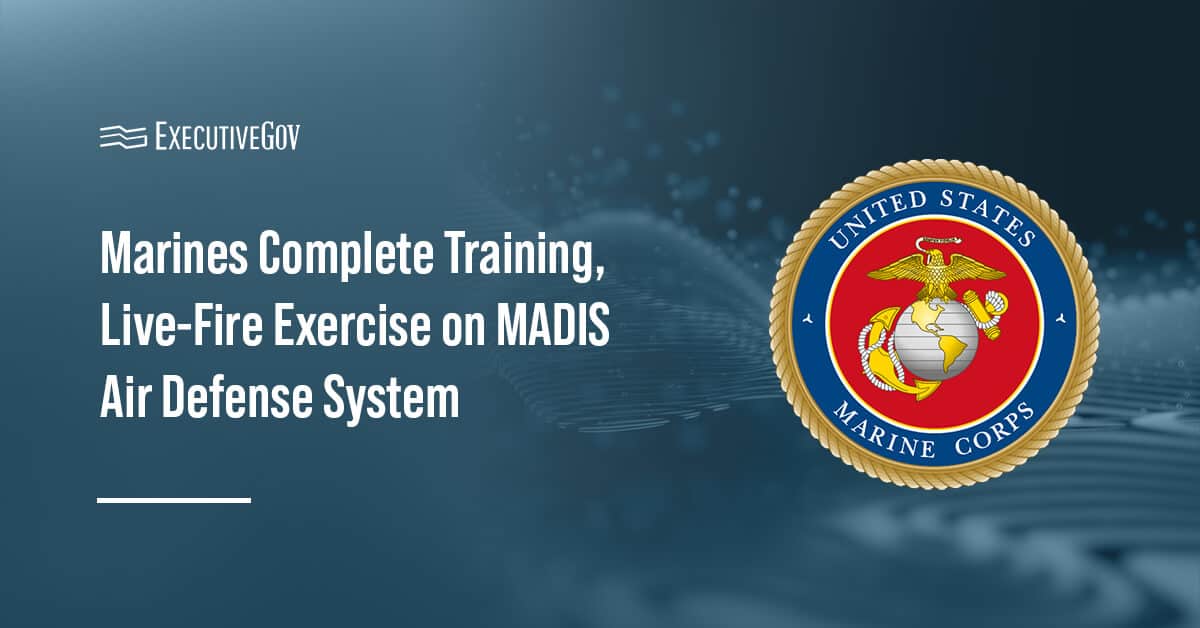
The U.S. Army invites university students to submit concepts on unmanned aerial vehicles for a chance to win up to $35K, Army Times reported Friday.
Wichita State University organizes the C3 Converge/Collaborate/Create Challenge that allows college and graduate students to pitch Army UAV ideas to defense and industry experts.
Steve Cyrus, manager of technology collaborations at the university’s FirePoint Innovations Center, said the C3 program aims to build the next generation of technology makers for the Army, and to foster collaboration between the service branch and universities.
Interested students from any U.S. university may submit applications through Oct. 18.





